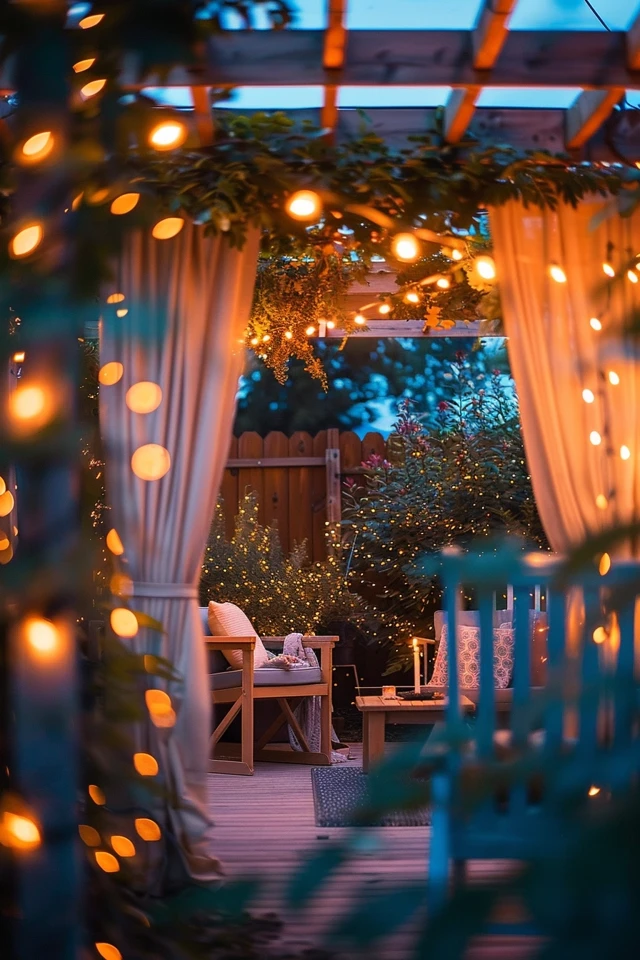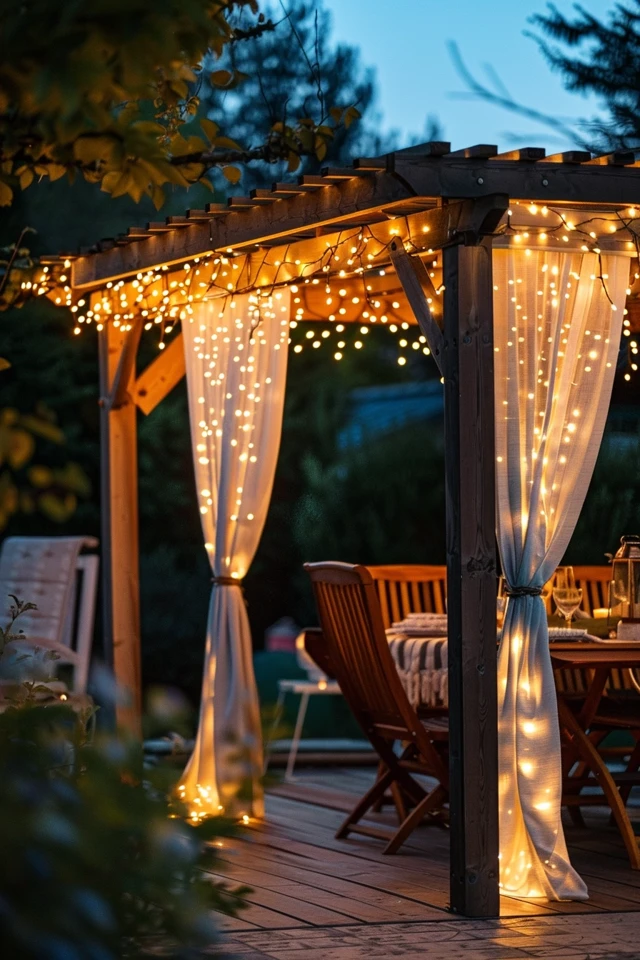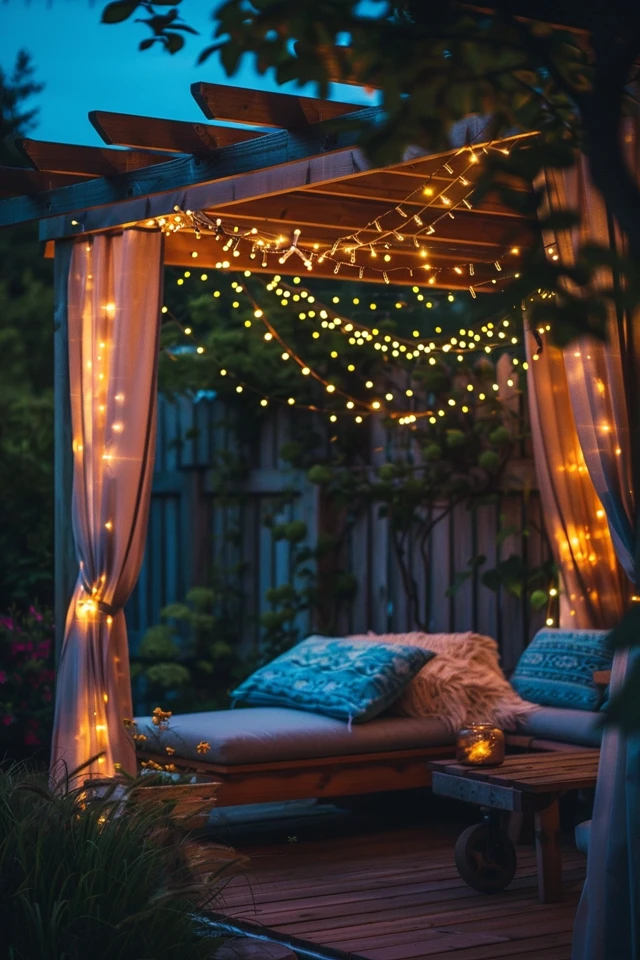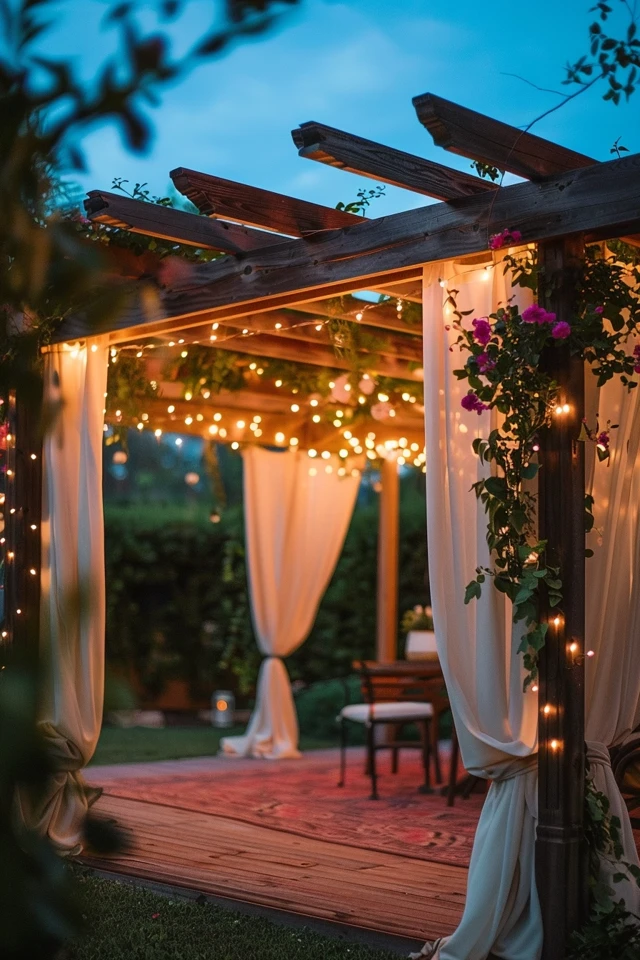To create a harmonious fusion between the indoors and outdoors, blurring the boundaries and transforming your outdoor spaces into indoor-inspired havens is the ultimate goal. By seamlessly merging indoor and outdoor areas, you can cultivate a sense of tranquility, connection with nature, and maximize the functionality of your living spaces.
When it comes to outdoor living design, the key lies in creating a seamless indoor-outdoor transition. By strategically incorporating elements of interior design outdoors, you can transform your outdoor areas into welcoming extensions of your home. Whether you have a spacious backyard, a charming patio, or a cozy balcony, there are various techniques and considerations to keep in mind to achieve this transformation.
To begin the process of blurring boundaries and achieving a seamless indoor-outdoor flow, it is essential to assess your living spaces. By evaluating the layout and architecture of your home, you can identify the potential for merging indoor and outdoor areas effectively. Consider the lighting conditions, functionality, and any barriers that may exist, such as walls or structural elements. Understanding the unique characteristics of each space will help you determine the most effective strategies for conversion.

Choosing complementary materials and colors is another crucial aspect of blurring boundaries. Opt for consistent flooring and wall finishes that create a sense of continuity between the indoor and outdoor areas. This visual cohesion will make your outdoor spaces feel like natural extensions of your interior. Additionally, incorporating natural elements and greenery further enhances the indoor-outdoor transition. From potted plants to outdoor gardens and living walls, these natural elements infuse your outdoor spaces with the beauty and serenity of nature.
Maximizing natural light and views is essential in creating the illusion of an indoor sanctuary outdoors. Strategically positioned windows, glass doors, and skylights can flood your space with sunlight, blurring the boundaries even further. Embrace the views of your surroundings and use them as focal points in your outdoor design. Whether it’s a breathtaking garden, a picturesque skyline, or a serene waterfront, these views add depth and dimension to your outdoor living areas.
Key Takeaways:
- Create a seamless indoor-outdoor flow by merging indoor and outdoor spaces.
- Assess the layout, architecture, and potential limitations of your living spaces.
- Choose complementary materials and colors for a cohesive look.
- Incorporate natural elements and greenery to bring the outdoors in.
- Maximize natural light and take advantage of stunning views.

Assessing Your Living Spaces: Creating a Harmonious Indoor-Outdoor Flow
To transform your outdoor spaces into indoor-inspired havens and create a seamless flow between the indoors and outdoors, it is crucial to assess and evaluate your current living areas. This involves examining both the interior and exterior spaces of your home and understanding their unique characteristics and functionalities.
Take a moment to consider the layout and architecture of your living spaces. How are the interior and exterior areas connected? Do they flow naturally together, or do they feel disjointed? By analyzing the flow and connection between these spaces, you can identify areas for improvement and create a more harmonious transition between indoor and outdoor environments.
During your assessment, pay close attention to the possibilities of extending your living room to a patio or creating an outdoor kitchen. These additions can enhance the convenience and functionality of your outdoor spaces while seamlessly integrating them with your interior design.
Another consideration is the option to extend a master bedroom to a private outdoor sanctuary. By creating a tranquil outdoor retreat connected to your bedroom, you can enjoy the beauty and serenity of nature right from the comfort of your own space.
Remember, the key to achieving a harmonious indoor-outdoor flow is understanding the existing layout and exploring ways to enhance the connections between your interior and exterior spaces. By assessing your living areas and optimizing their potential, you can transform your outdoor spaces into inviting sanctuaries that seamlessly blend with your interior design.
“Creating a connection between indoor and outdoor spaces allows for a more fluid and integrated living experience. It helps maximize the use of available space and promotes a sense of unity between nature and the built environment.” – Alexander Green, Interior Designer
Benefits of Assessing Your Living Spaces
- Identify areas for improvement and enhancement
- Create a seamless flow and connection between indoor and outdoor spaces
- Maximize the functionality of your outdoor areas
- Optimize the natural light and views
- Integrate outdoor amenities like an outdoor kitchen or private sanctuary
By evaluating and assessing your living spaces, you can unlock the full potential of your outdoor areas and create a harmonious blend between indoor and outdoor living. Stay tuned for our next section, where we explore the importance of choosing complementary materials and incorporating natural elements to further enhance this seamless transition.

Choosing Complementary Materials and Incorporating Natural Elements
When it comes to transforming your outdoor spaces to have an indoor feel, one crucial aspect is choosing complementary materials and incorporating natural elements. This not only helps create a seamless transition but also blurs the boundaries between the indoors and outdoors.
To achieve this, start by selecting materials that have tonal and textural similarities for both indoor and outdoor areas, such as flooring and wall finishes. Consistency in these elements instantly creates a sense of cohesion and makes your outdoor spaces feel like a natural extension of the indoors.
In addition to consistent materials, incorporating natural elements is essential to create visual harmony and bring a touch of nature indoors. Add potted plants, flowers, and shrubs to both the indoor and outdoor areas to enhance the connection. Consider going a step further by incorporating indoor gardens and living walls, which not only add greenery but also improve air quality and create a peaceful ambiance inside and out.
By choosing complementary materials and incorporating natural elements, you can effectively blur the boundaries between your indoor and outdoor spaces. This creates a seamless transition that allows you to enjoy the beauty of nature while enjoying the comfort of an indoor-inspired space.
Source Links
- https://www.advancedhouseplans.com/blogs/the-great-indoors-meets-the-wild-outdoors:-the-art-of-blending-indoor-and-outdoor-spaces
- https://www.kouboo.com/blogs/news/connecting-indoor-and-outdoor-spaces-how-to-do-it-seamlessly
- https://www.realhomes.com/advice/how-to-successfully-link-your-indoor-outdoor-spaces

